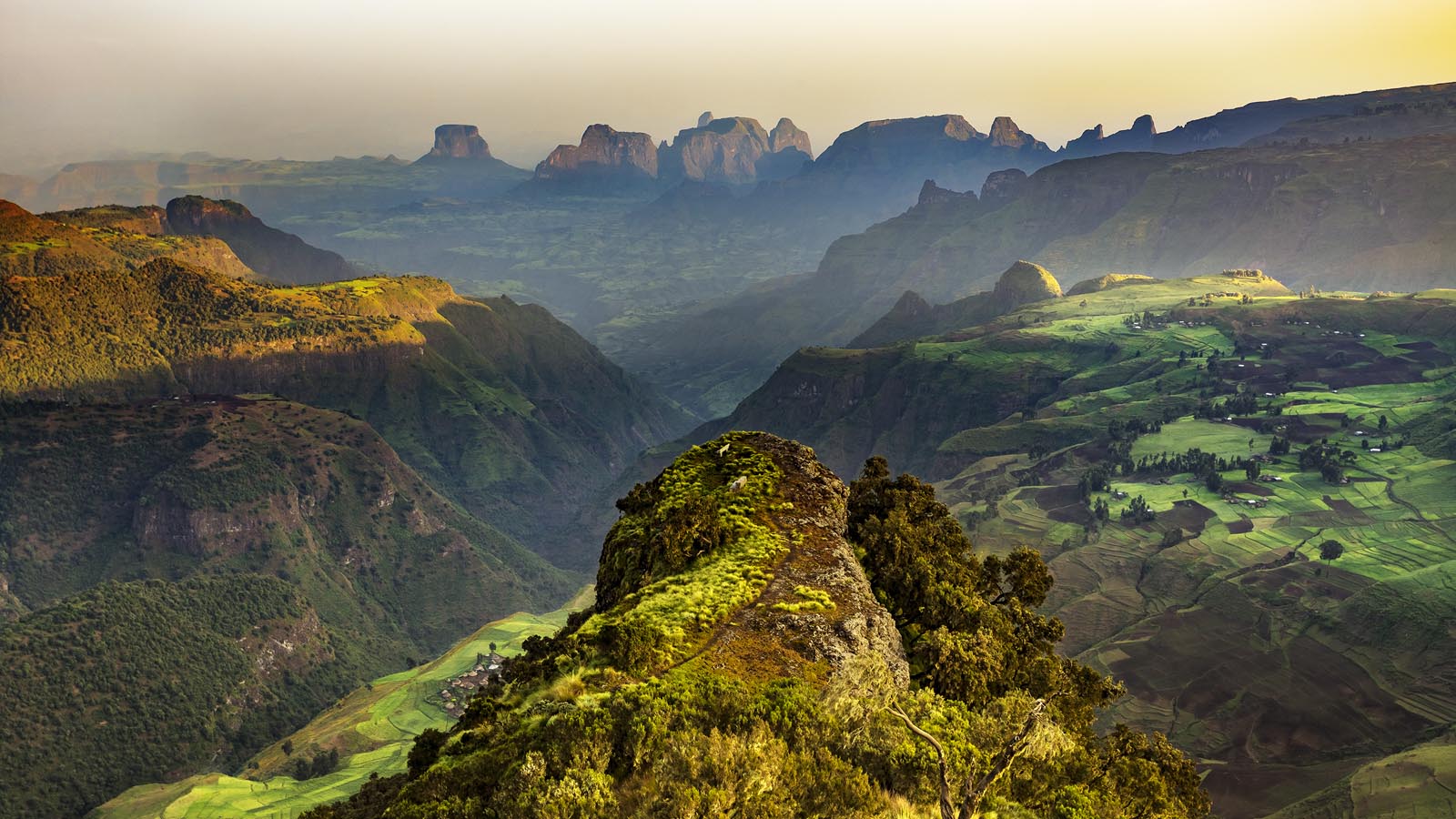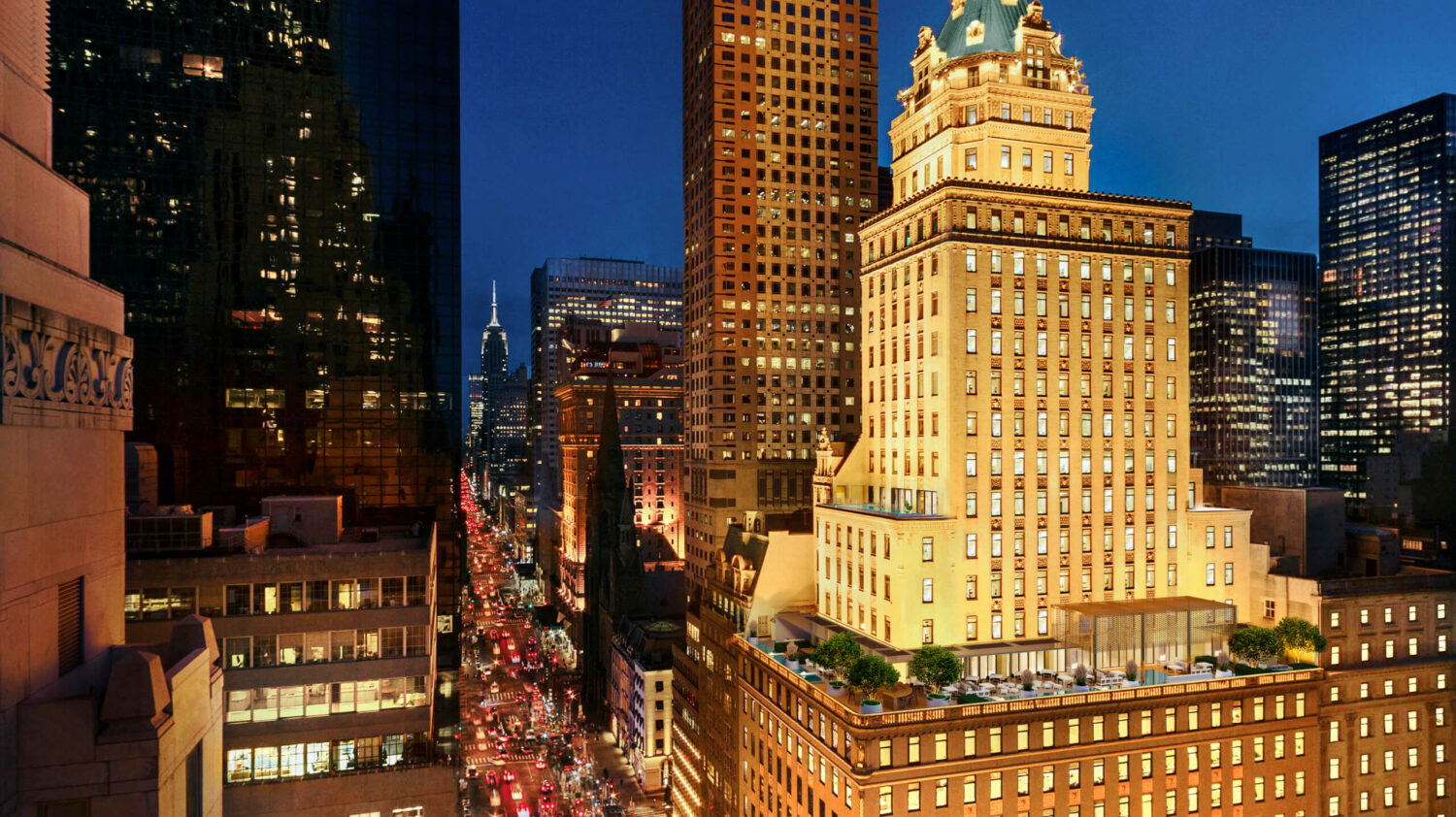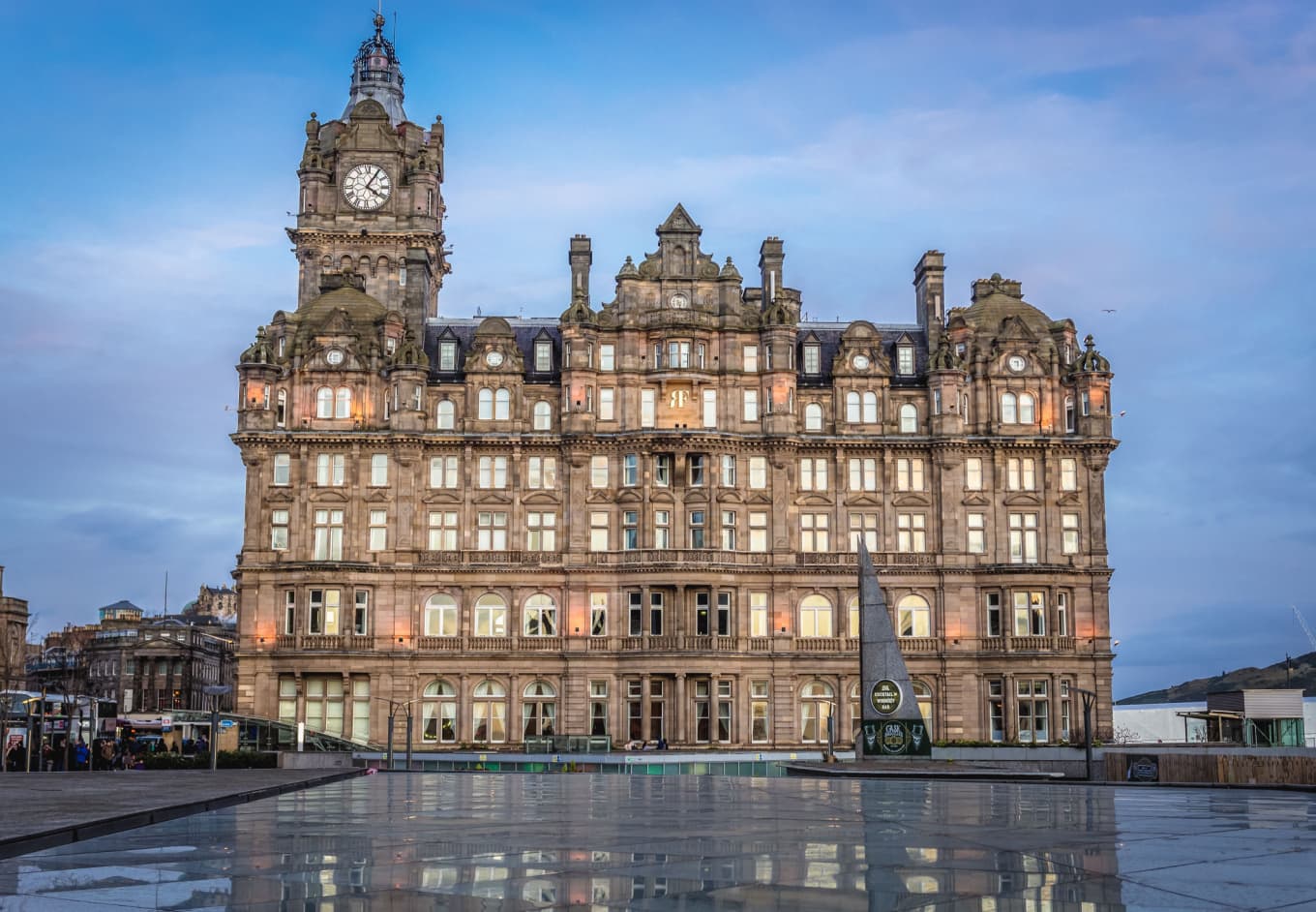
Ethiopia, often hailed as the "cradle of humanity," is a land of profound historical depth, breathtaking natural beauty, and vibrant cultural tapestries. Unlike any other nation in Africa, it boasts a unique legacy of never having been formally colonized, preserving an ancient civilization that has shaped its identity for millennia. From the towering obelisks of Aksum to the rock-hewn churches of Lalibela, and from the scorching landscapes of the Danakil Depression to the lush peaks of the Simien Mountains, Ethiopia offers an unparalleled journey into the heart of a truly extraordinary continent.
This article serves as your comprehensive guide to exploring the top things to do in Ethiopia, delving into its rich history, iconic attractions, essential travel tips, the best time to visit, accommodation options, delectable local cuisine, and reliable transportation methods, ensuring your adventure through this fascinating country is both smooth and unforgettable.
A Glimpse into Ethiopia’s Storied History
Related Articles about Ethiopia: An Ancient Land of Wonders – Top Things to Do in the Cradle of Humanity:
- Portugal: A Tapestry of Sun, Sea, and Centuries of Stories
- Echoes of Olympus: Unveiling the Best Tourist Attractions in Greece
- A Tapestry of Time and Wonder: Unveiling China’s Best Tourist Attractions
- Thailand: A Traveler’s Odyssey Through the Land of Smiles
- Unveiling the Treasures of Jordan: A Journey Through History, Culture, and Wonder
Ethiopia’s narrative is etched into the very fabric of time, stretching back millions of years. It’s here, in the Afar region, that "Lucy," one of the most complete hominid fossils, was discovered, cementing Ethiopia’s claim as the birthplace of humankind.
The country’s recorded history is equally compelling. The mighty Aksumite Empire, which flourished from the 1st to the 7th century AD, was one of the four great powers of the ancient world. It was during this era that Christianity was introduced in the 4th century, making Ethiopia one of the oldest Christian nations globally. Legends also link Aksum to the Queen of Sheba and the resting place of the Ark of the Covenant, adding layers of mystique to its already profound heritage.
Following the decline of Aksum, the Zagwe Dynasty rose to prominence, leaving behind one of Ethiopia’s most astounding architectural wonders: the rock-hewn churches of Lalibela in the 12th century. These monolithic structures, carved directly out of living rock, stand as a testament to deep faith and extraordinary human ingenuity.
Later, the Gondarine period (17th-18th centuries) gave rise to the magnificent castles of Gondar, earning it the moniker "Camelot of Africa." These imperial strongholds reflect a fusion of European, Arab, and Indian architectural styles, showcasing a period of grandeur and prosperity.
Ethiopia’s imperial era continued for centuries, notably under Emperor Menelik II, who decisively defeated Italian colonial forces at the Battle of Adwa in 1896, securing Ethiopia’s independence. Emperor Haile Selassie I, the last emperor, played a significant role in the 20th century, both domestically and on the international stage, before the monarchy was overthrown in 1974. This unbroken line of independent rule makes Ethiopia a unique beacon of self-determination in Africa, fostering a deep sense of pride and a distinct cultural identity that continues to thrive today.
Top Things to Do: Unforgettable Attractions
Ethiopia’s diverse landscape is dotted with attractions that cater to every kind of traveler, from history buffs and spiritual seekers to adventure enthusiasts.
-
Lalibela’s Rock-Hewn Churches: A UNESCO World Heritage site, Lalibela is arguably Ethiopia’s most iconic destination. In the 12th century, King Lalibela sought to create a "New Jerusalem," resulting in 11 monolithic churches carved entirely out of solid rock. These architectural marvels, such as the cross-shaped Bete Giyorgis, are still active places of worship, offering an incredibly spiritual and humbling experience, especially during religious festivals.
-
Aksum: The Ancient Capital: Step back in time in Aksum, the heart of the ancient Aksumite Empire. Here, you can marvel at the colossal stelae fields, towering obelisks that served as grave markers for ancient kings. Visit the Church of St. Mary of Zion, which legend claims houses the original Ark of the Covenant (though access to the Ark itself is restricted to one guardian monk). Explore the ruins of the Queen of Sheba’s Palace and the subterranean tombs, feeling the weight of millennia of history.
-
Gondar: The Royal Enclosure (Fasil Ghebbi): Known as the "Camelot of Africa," Gondar’s Fasil Ghebbi is a UNESCO-listed fortified complex that served as the residence of Ethiopian emperors for over 200 years. Wander through the impressive castles, palaces, and banquet halls, each reflecting a unique blend of architectural influences. Don’t miss the nearby Debre Berhan Selassie Church, famous for its exquisite ceiling adorned with hundreds of angelic faces.
-
Simien Mountains National Park: For nature lovers and trekkers, the Simien Mountains are a paradise. A UNESCO Natural World Heritage site, this park boasts dramatic landscapes of jagged peaks, deep valleys, and breathtaking escarpments. It’s home to endemic wildlife such as the Gelada baboon, Walia ibex, and Ethiopian wolf. Multi-day treks offer stunning vistas, opportunities for wildlife spotting, and a chance to conquer Ras Dashen, Ethiopia’s highest peak.
-
Danakil Depression: This extreme adventure destination is one of the hottest and lowest places on Earth. The Danakil Depression offers an otherworldly experience with its vibrant, acid-yellow and green hydrothermal fields of Dallol, vast salt flats, and the mesmerizing lava lake of Erta Ale volcano. Visiting this region provides a glimpse into the harsh yet beautiful landscape, and an encounter with the resilient Afar people who call it home.
-
Addis Ababa: The Capital City: Ethiopia’s bustling capital, Addis Ababa, is a vibrant melting pot of cultures. Explore the National Museum, home to "Lucy" and other ancient artifacts. The Ethnological Museum provides insights into Ethiopia’s diverse ethnic groups. Experience the organized chaos of Merkato, Africa’s largest open-air market, or visit the grand Holy Trinity Cathedral. For panoramic views of the city, head up Entoto Mountain.
-
Harar Jugol: The Walled City: A UNESCO World Heritage site, Harar is an ancient walled city in eastern Ethiopia, considered the fourth holiest city of Islam. Its narrow, labyrinthine alleyways are home to over 99 mosques and numerous shrines. Harar is renowned for its vibrant markets, unique Adere culture, and the captivating tradition of hyena feeding outside the city walls each night, where "hyena men" hand-feed wild hyenas.
-
Omo Valley: Journey to the remote Omo Valley in southern Ethiopia for an extraordinary cultural immersion. This region is home to numerous indigenous tribes, including the Mursi (known for their lip plates), Hamer (famous for bull-jumping ceremonies), Karo, and Dassanech. A visit here offers a rare opportunity to witness ancient traditions and lifestyles that have remained largely unchanged for centuries, though it requires respectful and carefully planned tours.
-
Lake Tana & Blue Nile Falls (Bahir Dar): Bahir Dar, located on the shores of Lake Tana, is the starting point for exploring the source of the Blue Nile. Take a boat trip on Lake Tana to visit ancient island monasteries, some dating back to the 13th century, adorned with vibrant frescoes. While the Blue Nile Falls (‘Tis Abay’) have been significantly impacted by a hydroelectric dam, they still offer a scenic excursion, especially during the rainy season.
Travel Tips for a Smooth Journey
- Visa: Most nationalities require a visa. An eVisa is available online for many countries, simplifying the process.
- Health: Consult your doctor well in advance. Yellow Fever vaccination is often required. Anti-malaria medication is recommended for lowland areas (e.g., Omo Valley, Danakil). Always drink bottled water. Travel insurance is highly advisable.
- Safety: Ethiopia is generally safe for tourists, but standard precautions apply. Be aware of your surroundings, especially in crowded markets. It’s recommended to hire local guides for historical sites and remote areas. Stay informed about local political developments.
- Currency: The local currency is the Ethiopian Birr (ETB). ATMs are available in major cities, but cash is king in rural areas. It’s wise to carry smaller denominations.
- Culture & Etiquette: Dress modestly, especially when visiting religious sites. Always ask permission before taking photos of people. Bargaining is common in markets. Eating with your right hand is customary.
- Language: Amharic is the official language. Oromo and Tigrinya are also widely spoken. English is understood in tourist areas and by younger generations. Learning a few Amharic phrases like "Salamno" (hello) and "Amesegenallo" (thank you) is always appreciated.
- Guides: For historical sites like Lalibela and Aksum, and for treks in the Simien Mountains or visits to the Omo Valley, hiring an experienced local guide is highly recommended for deeper insights and logistical support.
Best Time to Visit
The best time to visit Ethiopia is during the dry season, which runs from October to May. The weather is generally pleasant, making it ideal for trekking in the Simien Mountains and exploring historical sites. The rainy season (June to September) can make roads difficult to navigate, especially in rural areas, and trekking challenging.
Visiting during religious festivals like Timkat (Epiphany, mid-January) or Meskel (Finding of the True Cross, late September) offers an extraordinary cultural experience, but requires booking accommodations and flights well in advance.
Accommodation: Where to Stay
Accommodation options in Ethiopia vary widely depending on the region:
- Addis Ababa: Offers a full spectrum of choices, from luxurious international chain hotels (Hilton, Radisson Blu, Sheraton) to comfortable mid-range hotels and budget-friendly guesthouses.
- Major Tourist Towns (Lalibela, Gondar, Bahir Dar, Aksum): You’ll find a good selection of mid-range hotels with decent amenities, some charming boutique options, and simpler, clean guesthouses. It’s advisable to book ahead, especially during peak season.
- Remote Areas (Simien Mountains, Danakil Depression, Omo Valley): Accommodation is more basic. This can range from simple lodges and community guesthouses to camping. For the Danakil, you’ll often sleep under the stars on a cot. In the Omo Valley, rustic lodges or camping near tribal villages are common.
Savoring Ethiopian Cuisine
Ethiopian food is a highlight of any visit – flavorful, communal, and unique.
- Injera: The staple of Ethiopian cuisine, injera is a spongy, sourdough flatbread made from teff flour. It serves as both your plate and utensil, used to scoop up various stews.
- Wot (Wat): These rich, flavorful stews are the heart of Ethiopian cooking.
- Doro Wot: A classic, spicy chicken stew with boiled eggs, often considered the national dish.
- Key Wot: A spicy beef stew.
- Shiro Wot: A hearty, savory chickpea stew, popular during fasting periods.
- Alicha Wot: Milder, non-spicy stews, often made with lamb or vegetables.
- Beyainetu (Beyaynetu): A vegetarian platter, typically served during Orthodox Christian fasting days (Wednesdays and Fridays, and during Lent). It’s a colorful assortment of different vegetable and lentil wots arranged on injera – a delicious and healthy option for everyone.
- Kitfo: A traditional dish of minced raw beef, mixed with spiced butter (kibe) and chili powder (mitmita). It can be served "leb leb" (lightly cooked) or "tereh" (completely raw).
- Coffee Ceremony: Ethiopia is the birthplace of coffee, and participating in a traditional coffee ceremony is a must-do cultural experience. The elaborate ritual involves roasting green beans, grinding them, brewing the coffee in a jebena (clay pot), and serving it with incense and popcorn.
- Tej: A traditional Ethiopian honey wine, often served in a bulbous, flask-like bottle called a "berele."
- Sambusa: Savory pastries, similar to Indian samosas, often filled with lentils or spiced meat.
Navigating Ethiopia: Transportation Options
Getting around Ethiopia requires a mix of patience and planning, with options varying by destination and budget.
- Domestic Flights: For covering long distances between major tourist hubs (e.g., Addis Ababa to Lalibela, Gondar, Aksum, Bahir Dar), domestic flights with Ethiopian Airlines are the most efficient and recommended option. Ethiopian Airlines has an excellent safety record and an extensive network. If you arrive on an international Ethiopian Airlines flight, you often qualify for significant discounts on domestic fares.
- Buses: An extensive bus network connects most towns and cities. Buses are very cheap but can be slow, crowded, and uncomfortable, especially for long journeys on rough roads. They are best for shorter distances or for those on a very tight budget with ample time.
- Private Car with Driver: For flexibility, comfort, and accessing more remote areas (like the Omo Valley or Danakil Depression), hiring a private 4×4 with an experienced driver is highly recommended. This is often arranged through tour operators and can be expensive but offers unparalleled convenience and safety for multi-day trips.
- Tuk-tuks (Bajajs): In towns and smaller cities, motorized three-wheeled vehicles known as tuk-tuks or bajajs are a common and affordable way to get around for short distances.
- Taxis: In Addis Ababa, both traditional blue-and-white taxis and ride-hailing apps like Feres and Ride are available. Always agree on a price before starting your journey with traditional taxis.
- Walking: Many of Ethiopia’s historical sites, like Lalibela and the Fasil Ghebbi in Gondar, are best explored on foot.
Conclusion
Ethiopia is a destination that truly defies expectations. It’s a land where ancient history breathes, vibrant cultures thrive, and landscapes range from the ethereal to the extreme. From the spiritual pilgrimage to Lalibela to the adrenaline rush of the Danakil Depression, and from the cultural immersion of the Omo Valley to the majestic beauty of the Simien Mountains, Ethiopia promises a journey of discovery that will deeply resonate with every traveler. With careful planning and an open heart, you will find yourself captivated by the warmth of its people, the richness of its traditions, and the sheer uniqueness of this remarkable African nation, forever changed by the experiences gleaned from the cradle of humanity.







